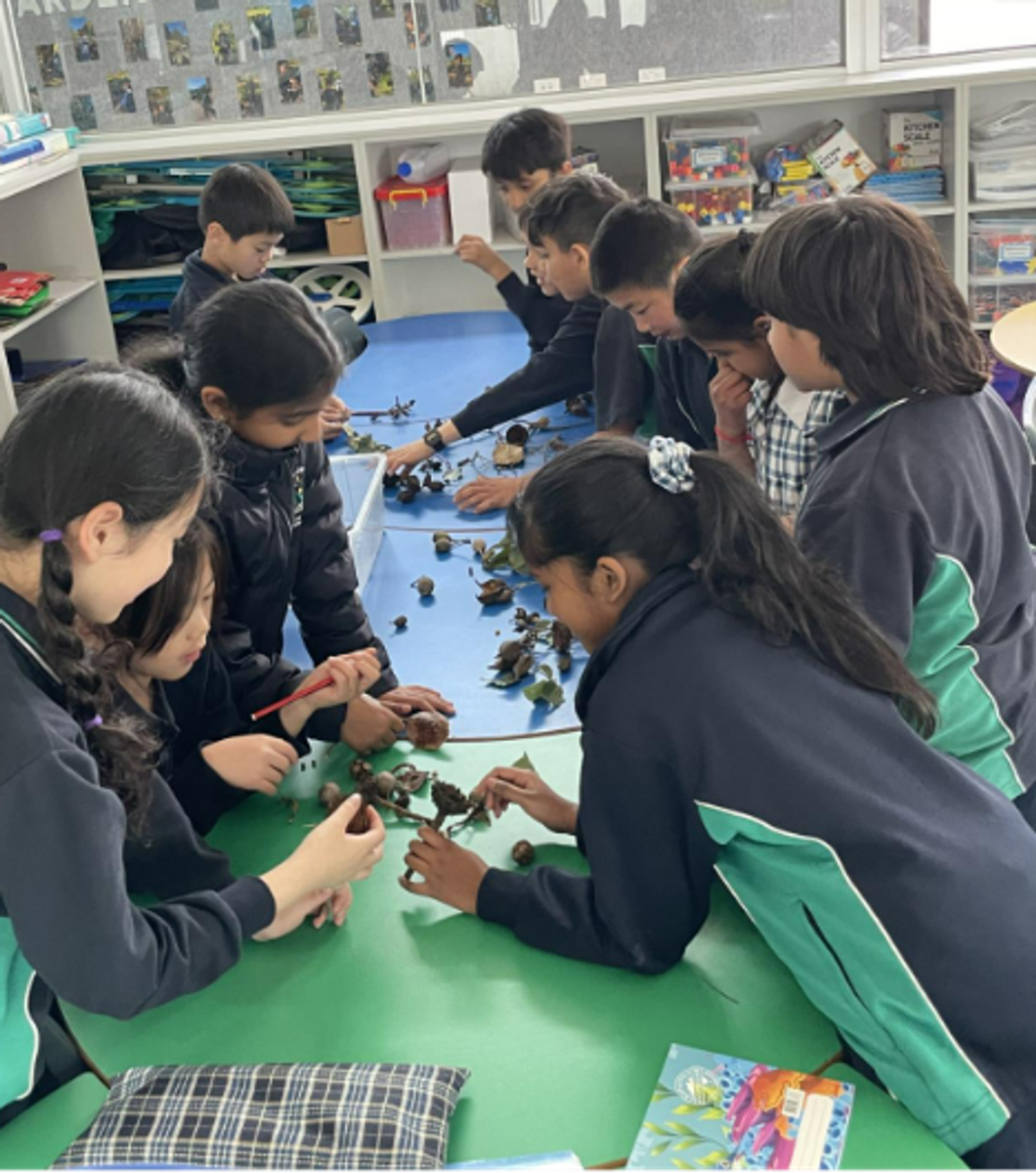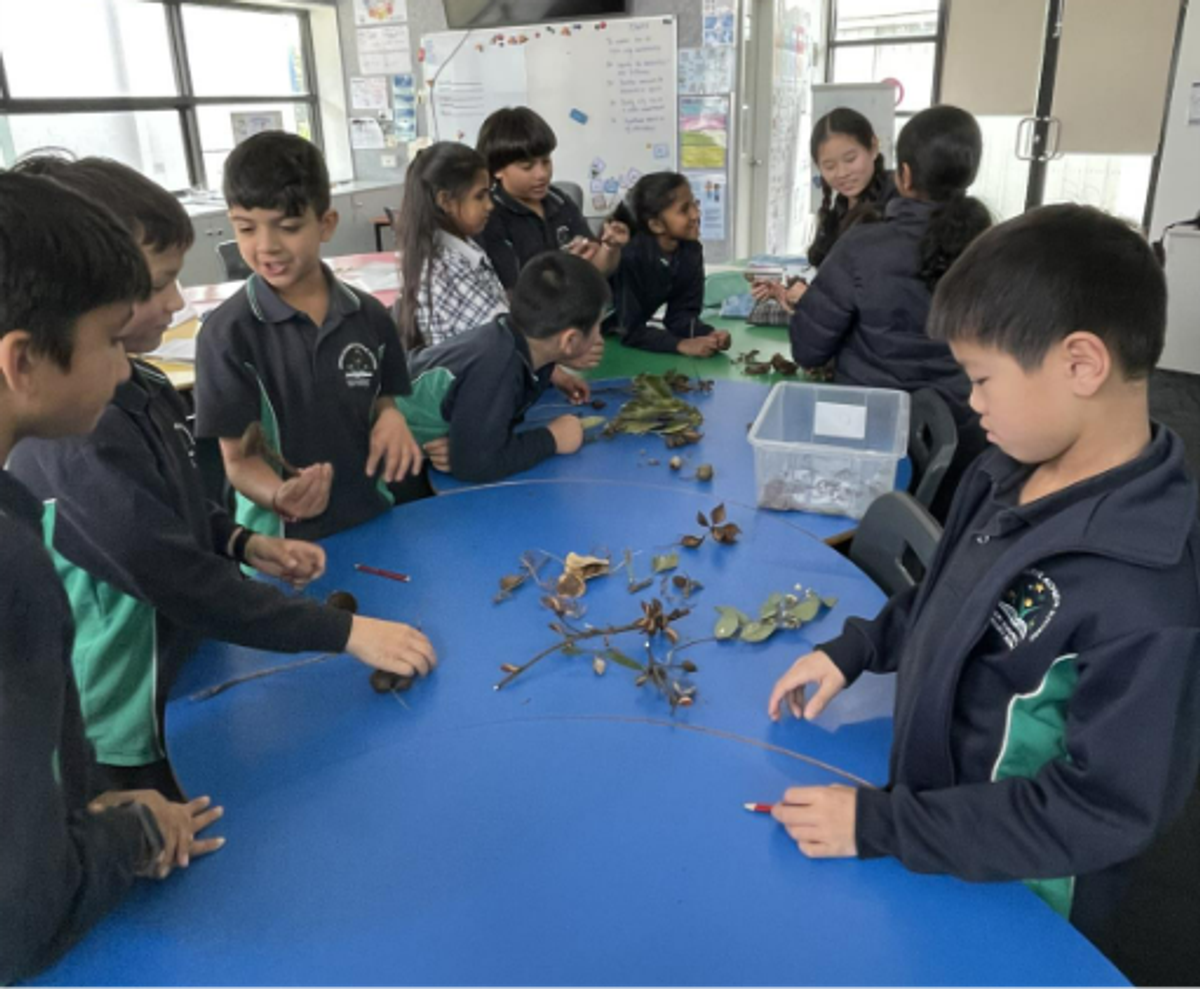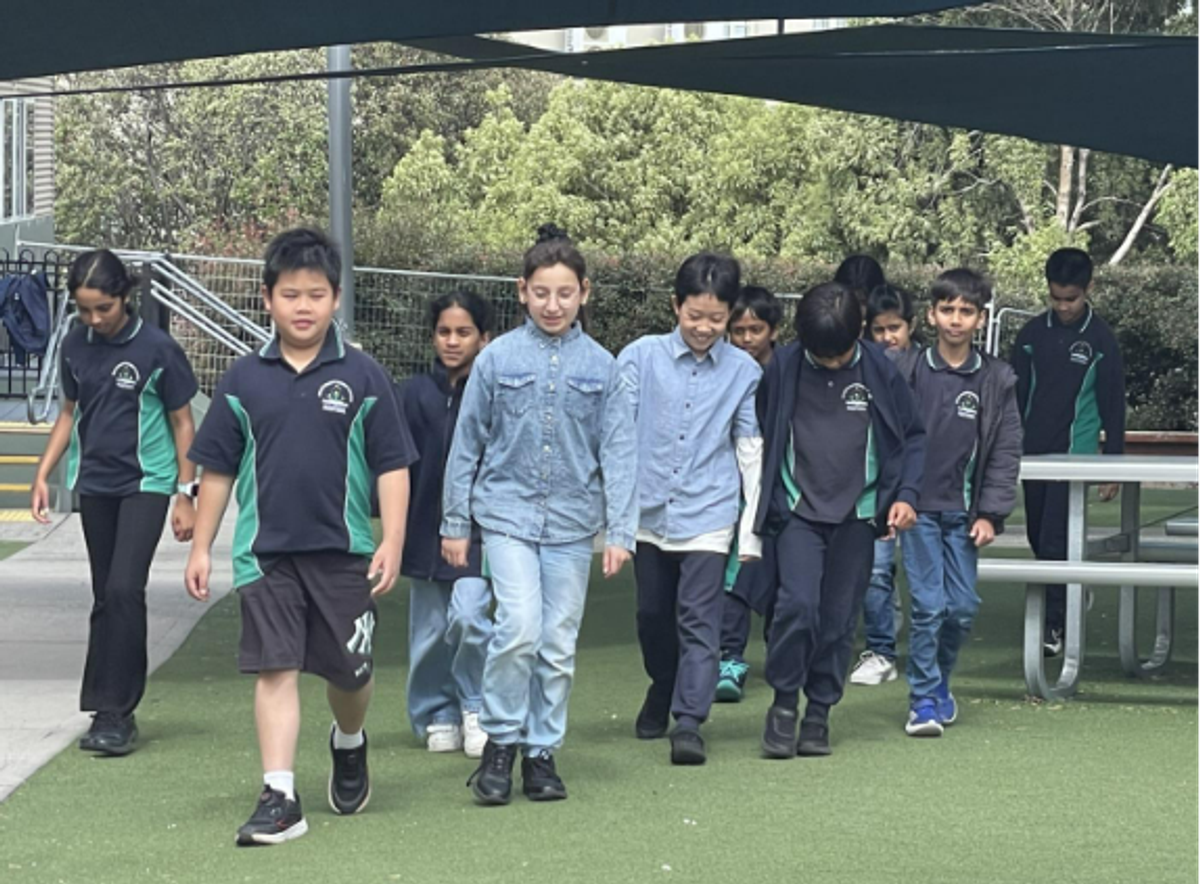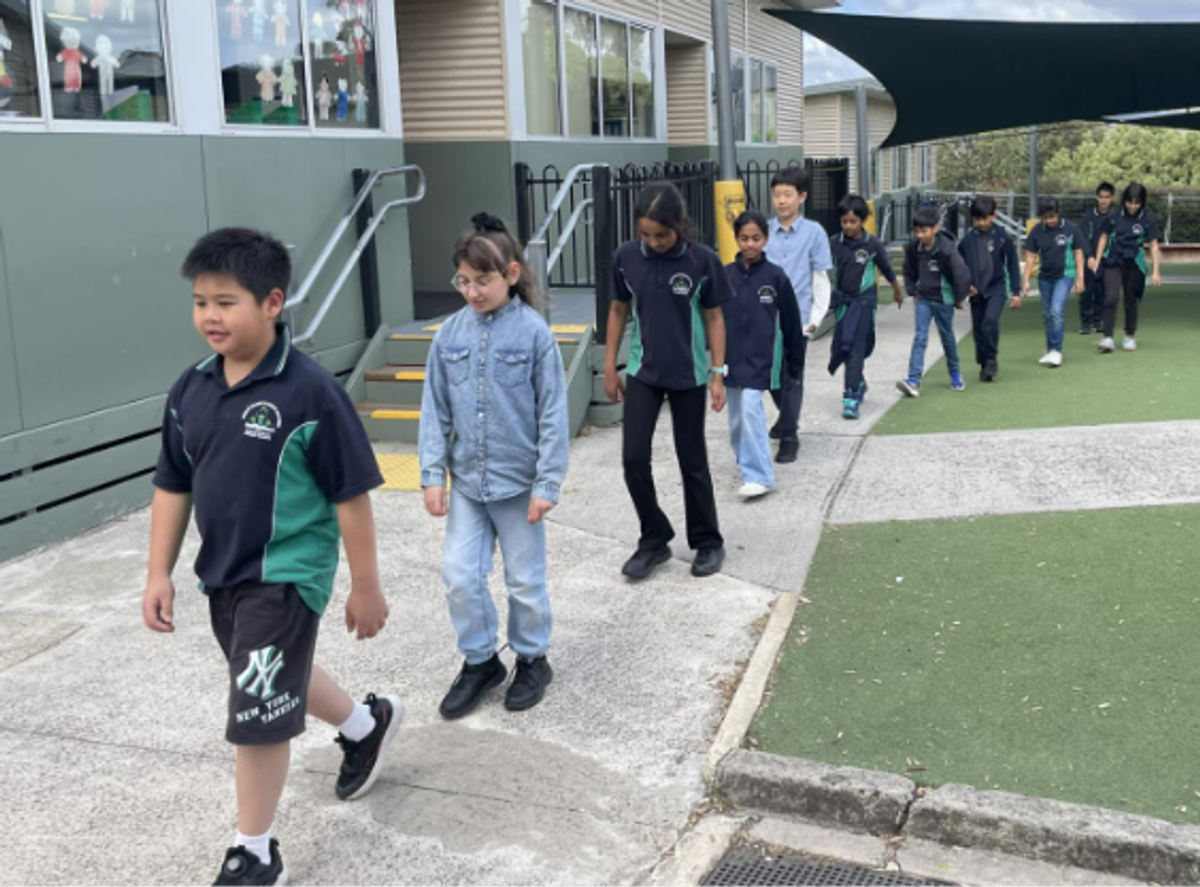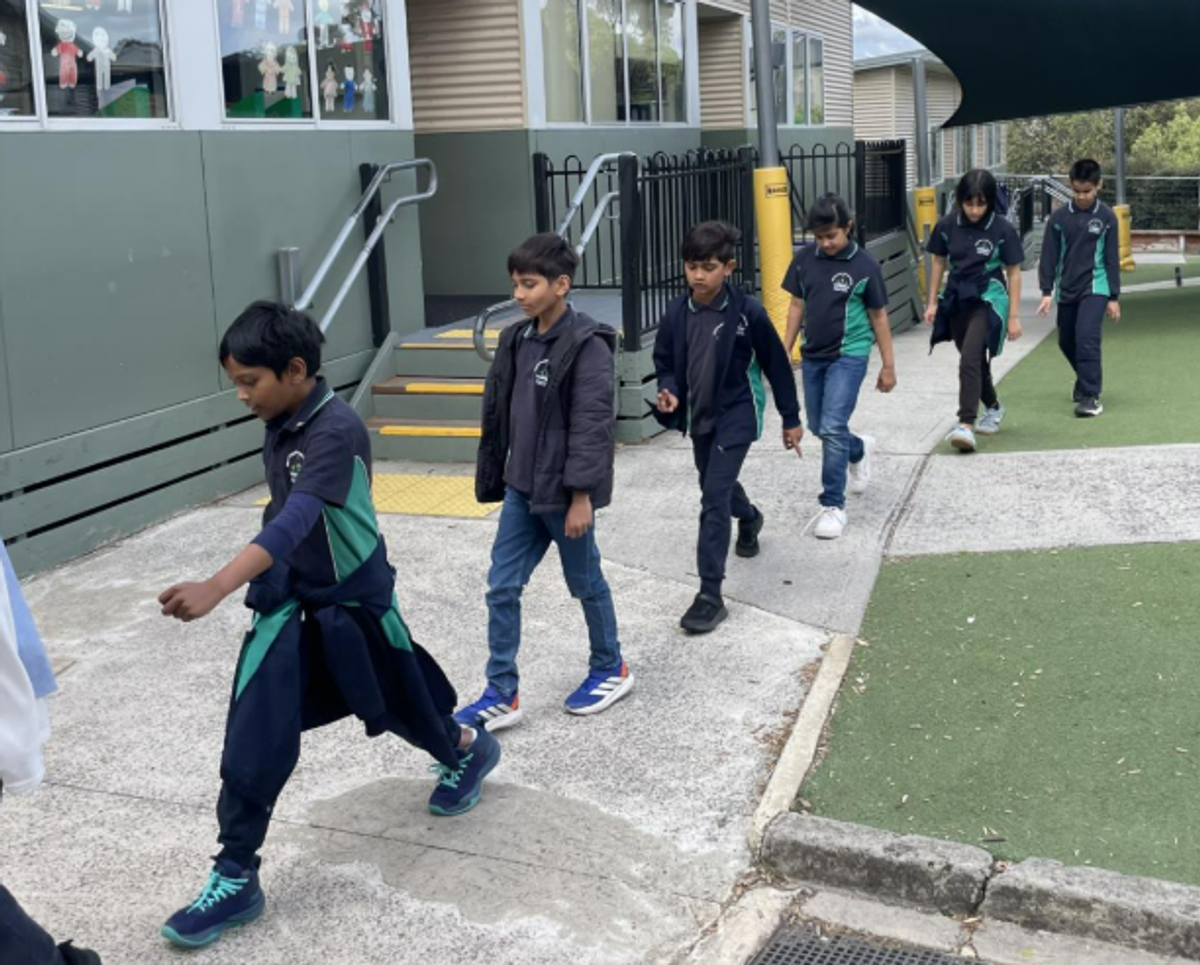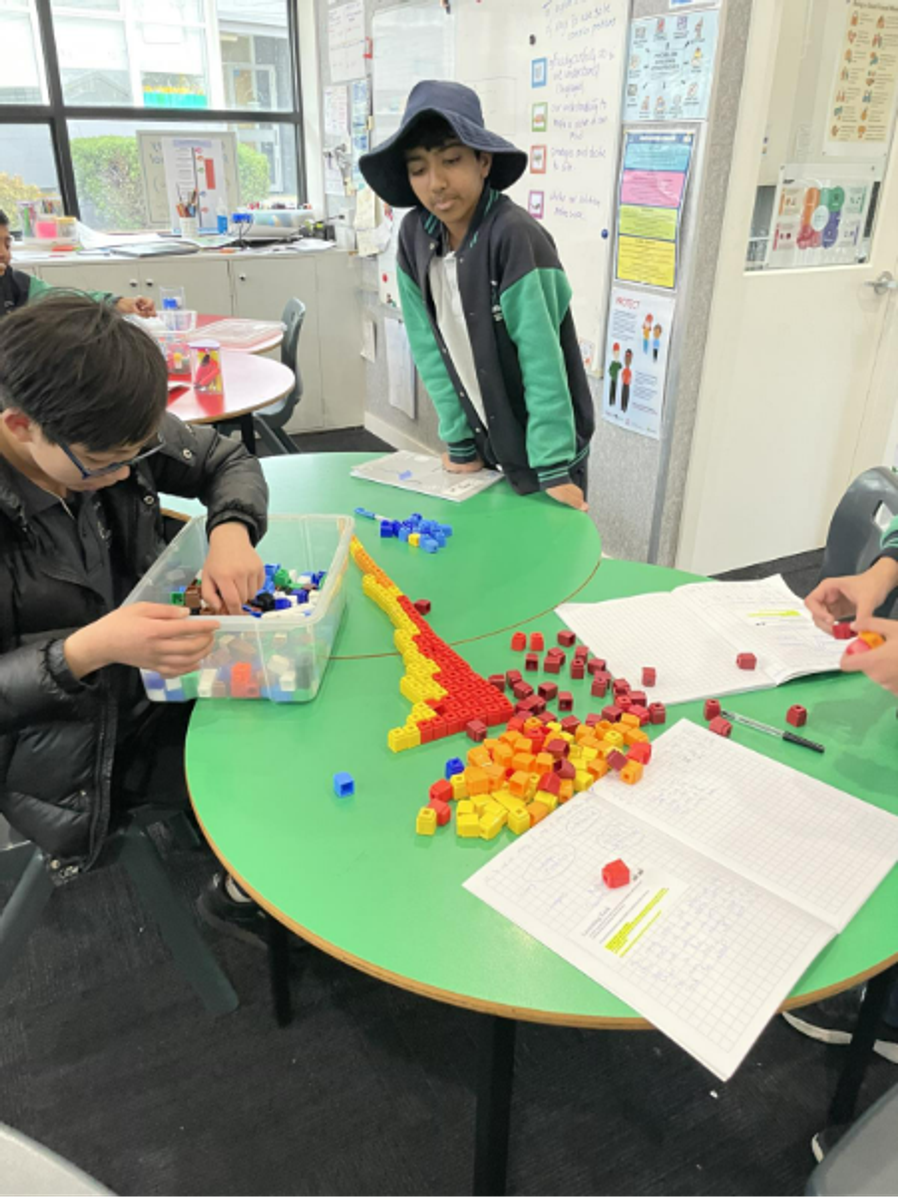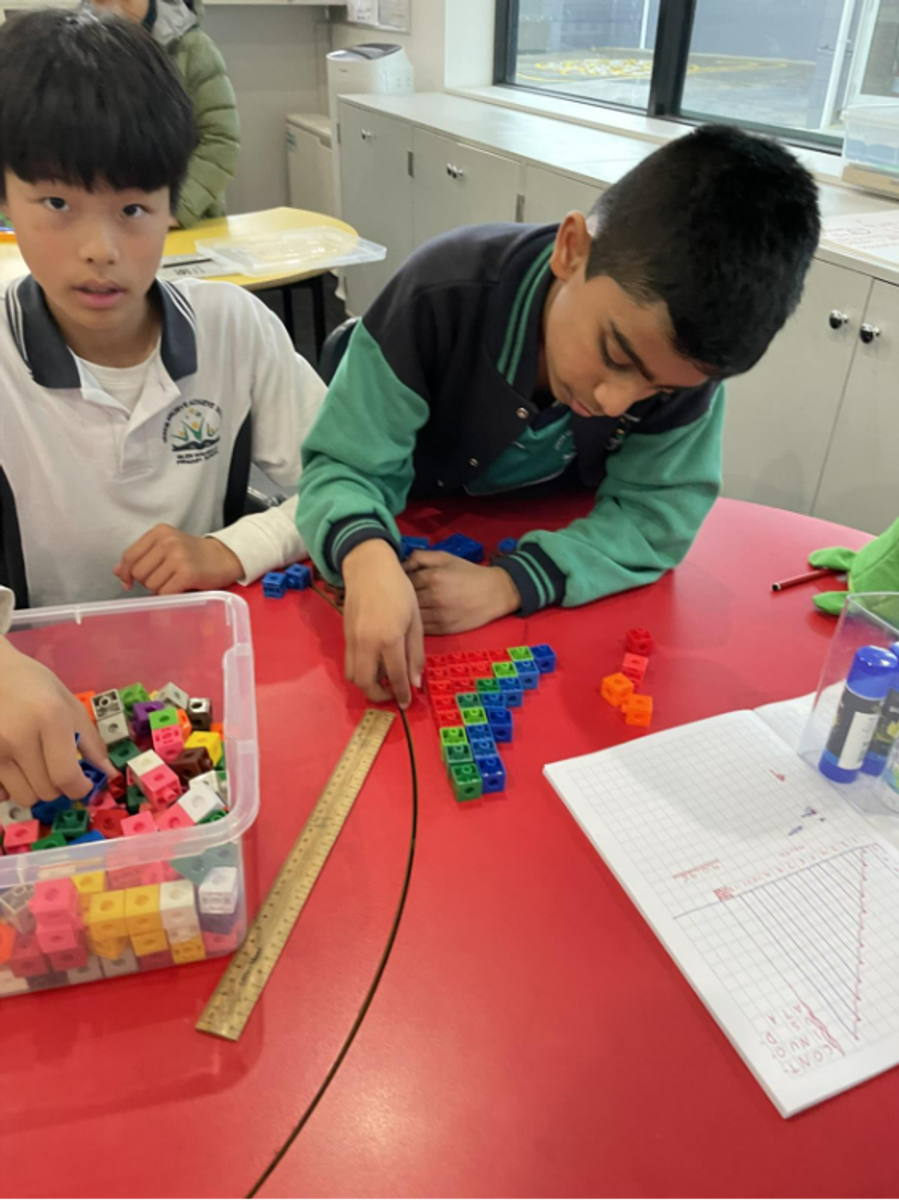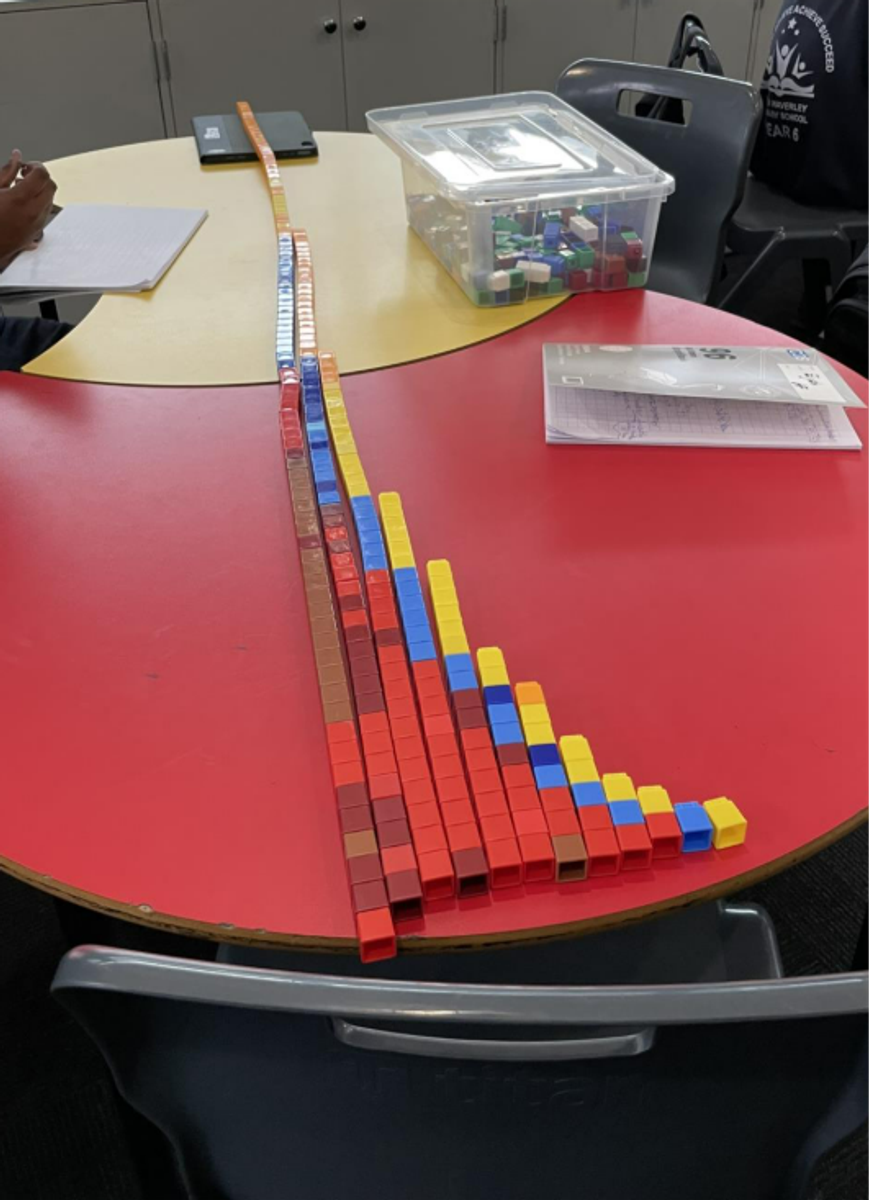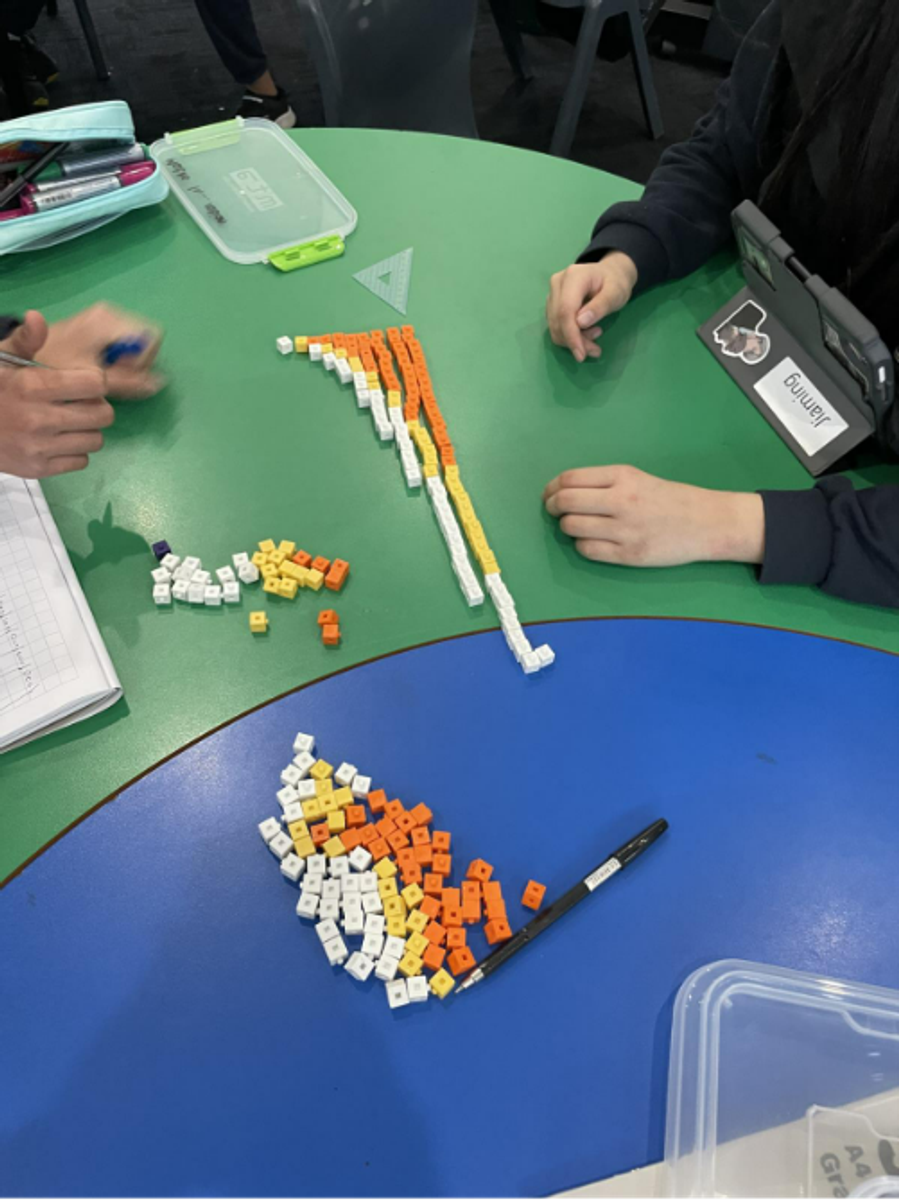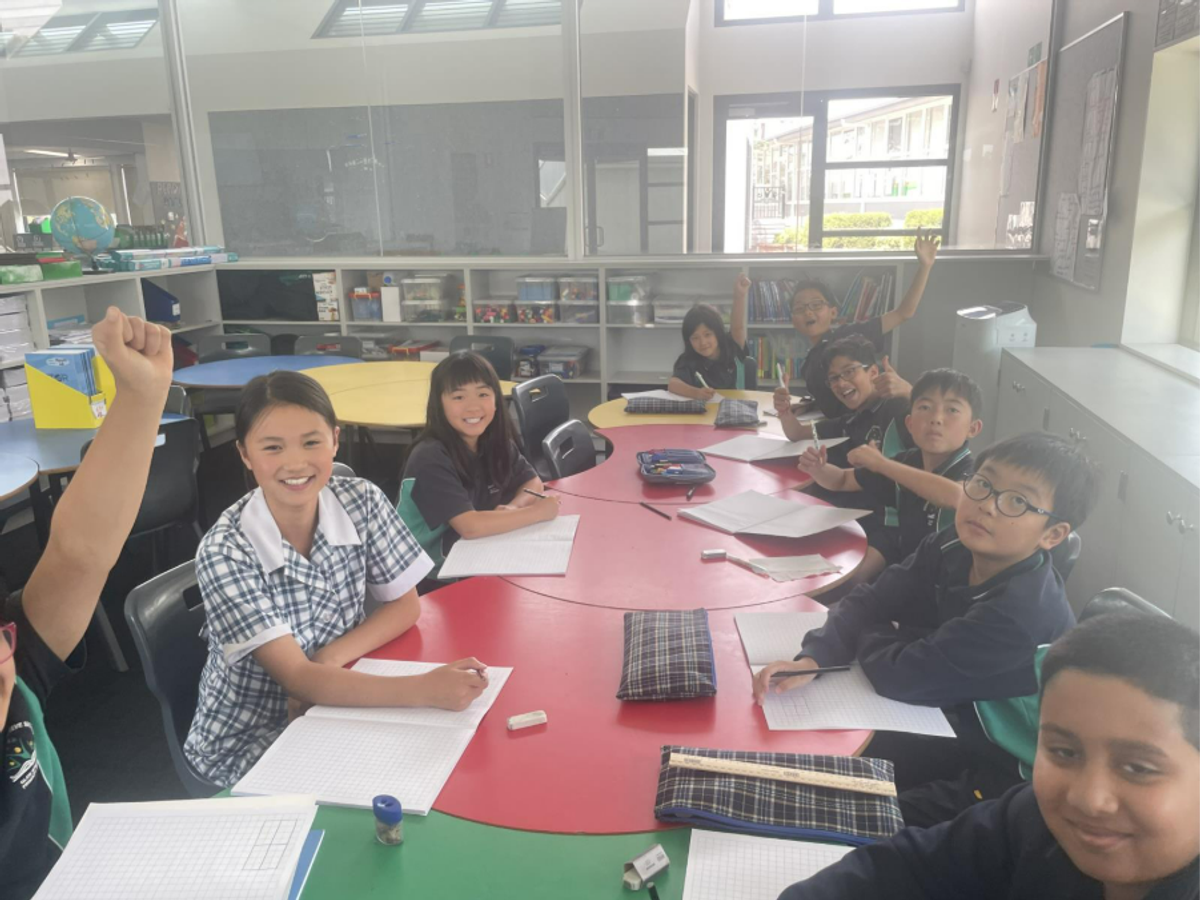Maths Innovation

Year level: 2
In Year 2 Maths Innovation, our mathematicians will explore how they can apply their knowledge to solve real-world problems to identify the inherent usefulness of mathematics. Through engaging projects, they will connect and apply their understanding of mathematics across a variety of topics, including the four operations, building arrays, area, and money. They will explore, notice and investigate the different ways that they can implement their solutions to build confidence as problem solvers and collaborators. As they undertake their learning, they will also further explore the characteristics that successful innovators use, in particular being courageous, reflective, visionary, determined and collaborative.
Year level: 3
In Year 3 Maths Innovation, students will further develop their understanding of the Innovator’s Mindset, which focuses on the characteristics of being Courageous, Determined, Reflective, Collaborative and Visionary. They will investigate various seed pods as they identify similarities and differences, measure sizes and explore the relative size of the seeds and the tree they come from. Additionally, students will focus on building greater knowledge and flexibility in finding and using factors of numbers effectively. They will further extend this to explore other properties and patterns of numbers, including square numbers and prime numbers. As they explore questions from the Maths Explorer, students will collaborate when solving multi-step worded problems to broaden their knowledge of strategies and understand different approaches to solving a problem.
Year level: 4
In Year 4 Maths Innovation, students will continue to develop their understanding and application of the Innovator’s Mindset characteristics of being Courageous, Determined, Reflective, Collaborative and Visionary. They will embark on solving complex problems, where a solution is not immediately evident. For example, they will estimate the number of steps they expect to take to walk between Maths Innovation and their classroom, using a variety of strategies. Using this whole class data, they will calculate the Mean, Median and Mode before comparing this to their own data. Additionally, students will explore worded problems and investigate various methods and approaches to solve and then collaborate with their peers to identify different approaches.
Year level: 5
As students in Year 5 Maths Innovation embark on their learning this term, they will continue to explore and apply the traits that successful innovators employ, in particular, being Courageous, Determined, Reflective, Collaborative and Visionary. Students will find the three, four, five or six consecutive numbers that sum to a given value. Through this exploration, they will identify number patterns, explore the divisibility and remainders of a number and generate rules to predict which problems have a solution. Additionally, students will learn the aspects of the history of our Base 10 number system and extend this to understand the structure and application of the Base 2 (binary) number system. They will discover some of the real-world applications of this system as used by digital technology. Students will also consider how communication has changed over time through comparison with Morse Code.
Year level: 6
In Year 6 Maths Innovation, students will explore the many interesting and useful theorems and facts connected to right-angled triangles. This will include learning about the connections to the Pythagorean Theorem and the use of trigonometric ratios (sine, cosine and tangent) to solve problems. They will use their knowledge of length and angle measurement to calculate the height of tall objects such as a tree, the undercover area or the Year 6 building. Additionally, the Year 6 innovators will measure dimensions of the school water tank and calculate its volume, paying particular attention to choosing appropriate units, converting between them and visualising how big each unit is. Threaded through all our learning, students will be enhancing their understanding and implementation of the important traits of a successful innovator, namely being Courageous, Determined, Reflective, Collaborative and Visionary.


